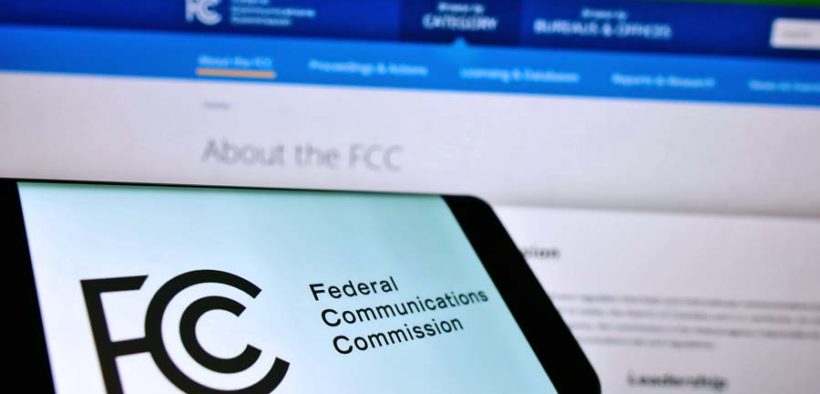FCC adopts order to provide up to $75 in broadband monthly subsidy

The Federal Communications Commission adopted an order to provide up to a $75 monthly broadband benefit for subscribers living in qualifying high-cost areas through the Affordable Connectivity Program (ACP), according to the Infrastructure Investment and Jobs Act (Infrastructure Act).
The Infrastructure Act specified that the $75 monthly benefit would support providers that can demonstrate that the standard $30 monthly benefit would cause them “particularized economic hardship” to the point where they would be unable to maintain part or all of their broadband network in a high-cost area.
Congress separately directed the National Telecommunications and Information Administration (NTIA), in consultation with the FCC, to identify high-cost areas eligible for the enhanced ACP benefit.
The report and order is expected to incentivize providers to participate in the ACP or remain in the ACP in rural and insular areas, further narrowing the digital divide.
The high-cost area benefit supports other federal initiatives, including those in the Infrastructure Act, to spur deployment and adoption in rural areas by strengthening the business case for providers to deploy broadband in rural and insular areas.
Among other things, the order defines “particularized economic hardship” and establishes what ACP providers must show to demonstrate they are experiencing particularized economic hardship in a high-cost area.
Emergency alert test slated for Oct. 4
In related news, the Federal Emergency Management Agency (FEMA), in coordination with the FCC, will conduct a nationwide test of the Emergency Alert System (EAS) and Wireless Emergency Alerts (WEA) this fall.
The test will consist of two parts: testing WEA and EAS capabilities. Both tests are scheduled to start at around 2:20 p.m. on Oct. 4.
Telecommunications companies in Puerto Rico are expected to participate, with Liberty Puerto Rico and Claro Puerto Rico confirming their plans to News is my Business.
The WEA part of the test will target all consumer cellphones. This will mark the third nationwide test and the second to include all cellular devices. The test message will be in either English or in Spanish, depending on the language setting of the wireless handset.
The EAS section will be sent to radios and televisions. This will be the seventh nationwide EAS test.
Consumers will see the message on their phones: “THIS IS A TEST of the National Wireless Emergency Alert System. No action is needed.” Phones set to Spanish will show: “ESTA ES UNA PRUEBA del Sistema Nacional de Alerta de Emergencia. No se necesita acción.”











